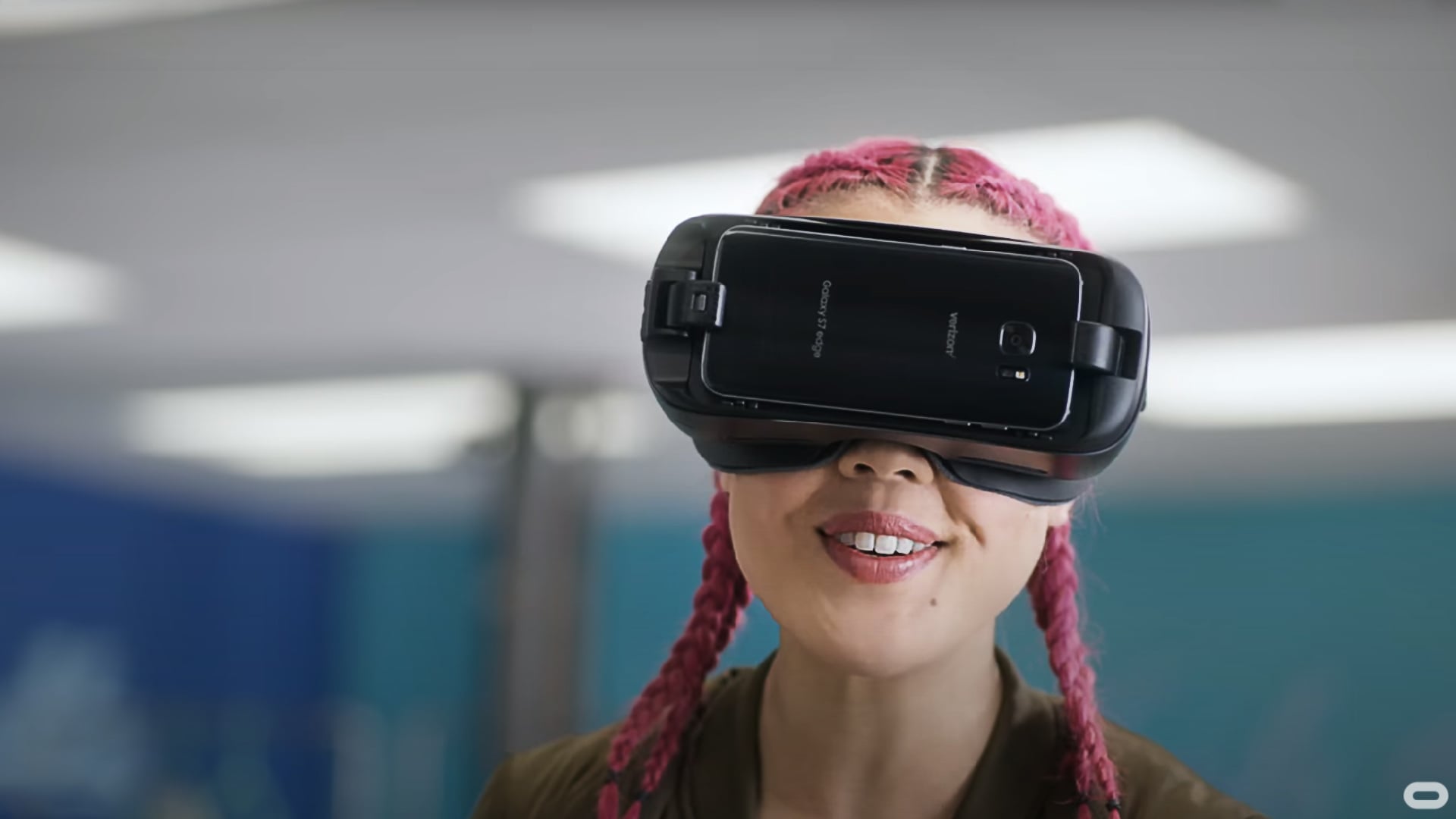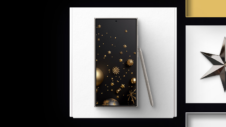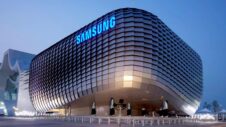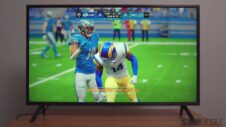Samsung Display confirmed this week that development on LEDoS (LED on Silicon) display technology for augmented reality (AR) devices is underway. These panels could enable next-gen AR headsets in the coming years. Samsung aims for LEDoS to offer all the qualities of OLEDoS with fewer of its limitations.
Unlike OLEDoS displays, which are based on Organic Light Emitting Diodes on a silicon panel, Samsung's future LEDoS panels are based on micro LEDs on silicon.
Samsung explained at the Deep Tech Forum 2023 (via The Elec) earlier this week that OLEDoS panels have limitations in brightness and lifespan. The Display arm wants to create micro LED-based LEDoS panels to negate these shortcomings while retaining OLEDoS qualities.
In March, Samsung and KAIST (Korea Advanced Institute of Science & Technology) announced a breakthrough in micro LED display manufacturing that should allow Samsung to create small, high-resolution micro LED-based panels for AR headsets and other wearables.
By changing the epitaxial structure of micro LEDs, KAIST researchers found that they can prevent efficiency degradation and reduce heat generated by micro LED displays by around 40%.
Apple could use LEDoS panels for future AR headsets
Apple's Vision Pro headset unveiled last month uses OLEDoS display technology, but neither Samsung nor LG supply it. The panel comes from Sony, and the production capacity is rumored to be less than one million units per year (via WCFFTech).
Apple, who is used to selling devices in the millions, is already looking ahead. The company will supposedly lock in Samsung Display and LG Display as its future suppliers for the Vision Pro's eventual sequel. That's when Samsung's LEDoS display technology will come into play, supposedly.
Previous rumors claimed that future Samsung LEDoS displays will reach pixel densities of 6,000-7,000ppi (pixels per inch), whereas Apple's first OLEDoS-based headset has 3,400ppi. However, Samsung Display Managing Director Kim Gong-min says that, for AR/VR devices, the PPD (Pixels Per Degree) metric is more important than PPI (Pixels Per Inch).
In parallel with these tech advancements, Samsung is developing its own mixed-reality headset, which could be released next year to compete with and provide a more cost-conscious alternative to the Apple Vision Pro.







